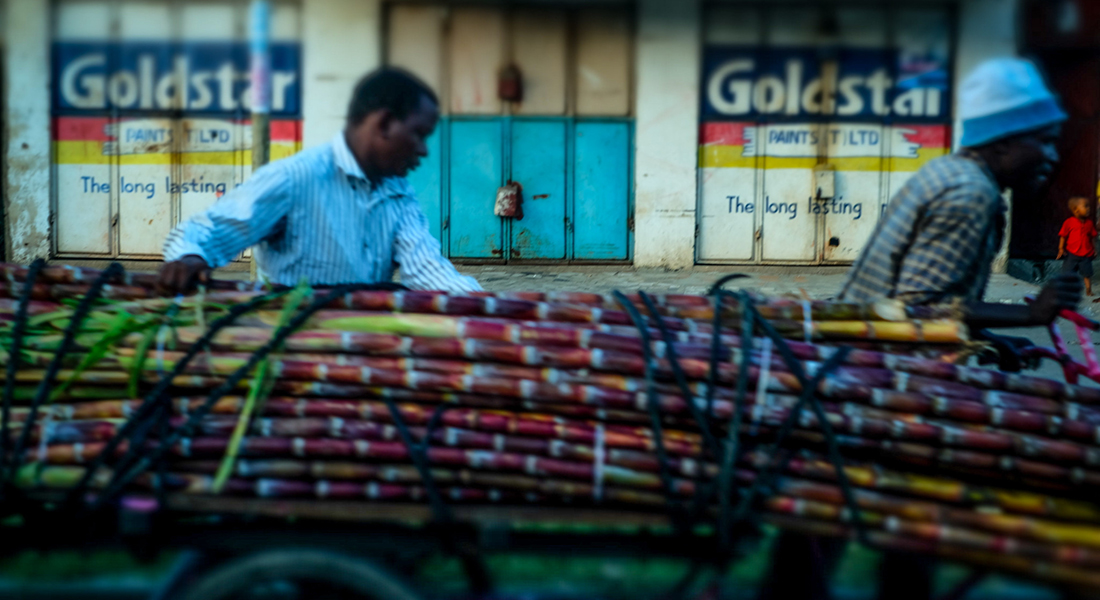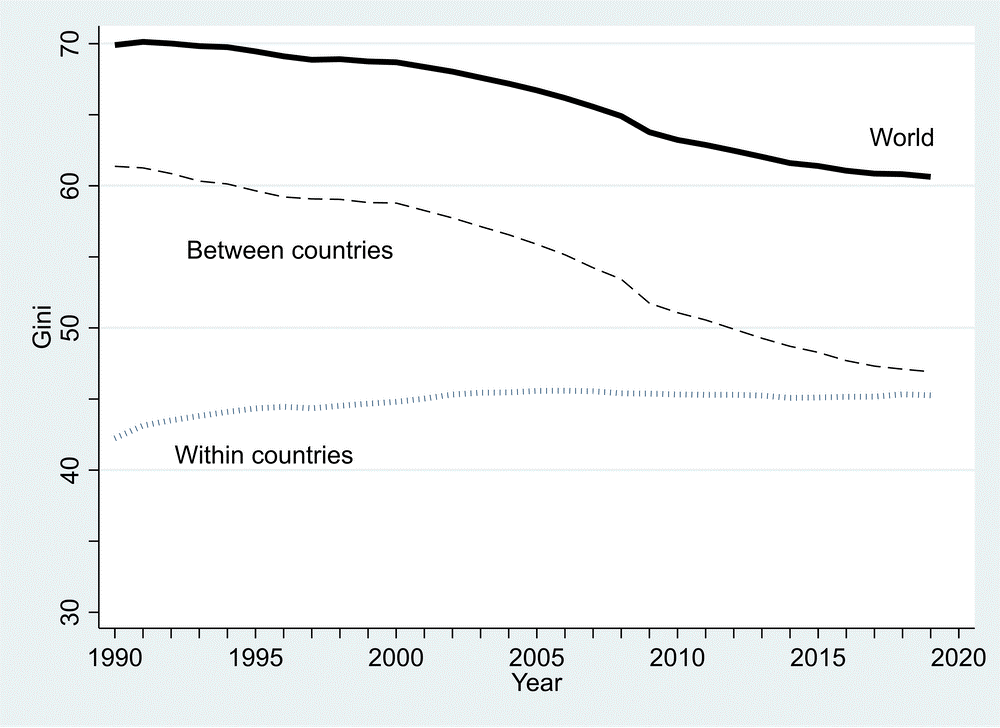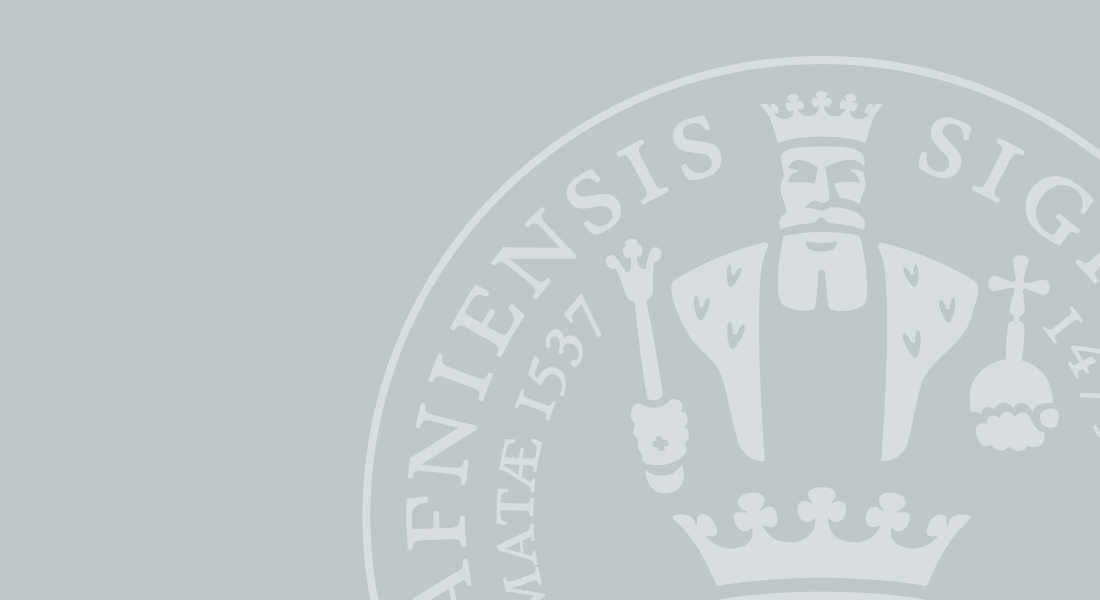The gulf between rich and poor is increasing
While economic inequality is decreasing on a global scale, many countries are seeing increasing internal economic disparity, and globally, the gulf between rich and poor is growing fast. This is the conclusion of an international research project with Danish participation.

In South Africa, one of the most unequal countries in the world, the poorest 40 per cent of the population have an annual income of less than DKK 6,400 per person. In comparison, the richest 10 per cent make more than DKK 247,000 a year – that is almost 40 times as much as the poorest 40 per cent.
These figures from 2017 reflect a decrease in inequality in South Africa. Because in 2008, the richest 10 per cent made 50 times as much a year as the poorest 40 per cent. However, in absolute figures, the gulf between these two groups has increased by more than DKK 63,000 per person per year in this period.
Not an easy calculation
The South African example is merely one of many demonstrating how difficult it is to calculate the development in inequality. An international group of researchers headed by Professor Finn Tarp from the Department of Economics at the University of Copenhagen have found similar situations in many other countries.
‘Inequality does not increase or decrease at the same rate or at the same time, and there are no constant or universal tendencies across time or across countries or regions’, Finn Tarp concludes and elaborates:
‘Success is often followed by a step backwards if things do not change, and vice versa. This is evident from the development in a series of Latin-American countries these years. All things considered, calculating the development in economic inequality is extremely difficult’.
Inequality prevents progress
The work of the research group has resulted in the recently published book Inequality in the Developing World (Oxford University Press, 2021). In the book, Finn Tarp and his two co-editors stress the importance of not simplifying the inequality concept, neither nationally nor globally. Instead, we should focus attention on the pressing need for global action as well as on how successful developing countries try to solve the inequality challenge.
‘Fair income distribution is both a moral issue and a key element in creating a social cohesion. Extreme income differences negatively affect growth, poverty and human development’, Finn Tarp stresses.
Globally, inequality has decreased in the past three decades, according to the so-called Gini coefficient, which is a relative measure of inequality. The total decrease is not the result of a global trend, though, but of the extreme economic growth seen in China, which has approached global middle income levels.

The higher the Gini coefficient, the greater the degree of inequality relatively. The graph shows that although the inequality between countries has decreased these past 30 years, the inequality within countries is increasing.
Other developing countries have seen a similar positive development. Nevertheless, the decrease in global inequality is on the decline. And there is a lot to suggest that the poorest countries struggle to keep up with the more developed kids in the class. All things considered, the gulf between rich and poor people in the world continues to be huge, and it has increased in absolute figures.
’The forces that have helped close the inequality gap between countries have had the opposite effect on the inequality within countries. Even countries like China and India have seen an increase in inequality in the population’, Finn Tarp explains.
Network of inequalities
If we are to solve the global inequality issue, we need to focus on the inequality between countries as well as the inequality within countries, Finn Tarp argues.
‘Inequality impairs the quality of people’s lives on a national basis, and here we must strive to address inequality politically’, he points out.
A few large developing countries have managed to reduce the economic inequality, i.a. through labour market reforms. Finn Tarp mentions Brazil and Mexico as examples of countries that have managed to reduce inequality in the population by introducing minimum wages and more progressive taxation. But efforts are required at various levels, he stresses.
‘Economic inequality is a result of various other forms of inequality, e.g. in education, health and employment. Fighting inequality requires a focussed, coordinated and persistent collective effort, globally and nationally’, Finn Tarp argues.
Contact
Finn Tarp
Professor at the Department of Economics
Phone: +45 35 32 30 41
Mail: Finn.Tarp@econ.ku.dk
Simon Halskov
Communications consultant
Faculty of Social Sciences
Phone: +45 93 56 53 29
Mail: sih@samf.ku.dk

